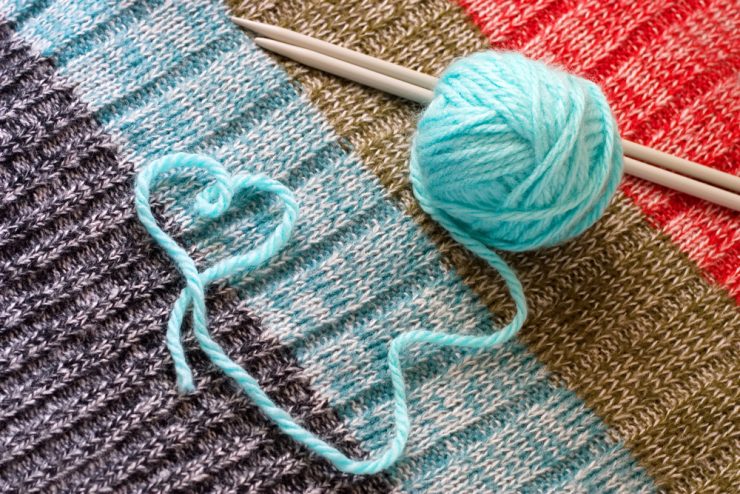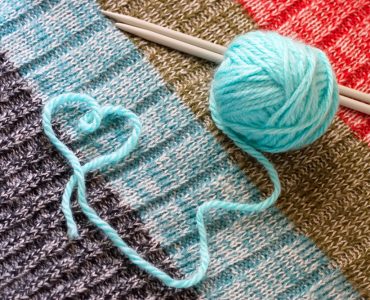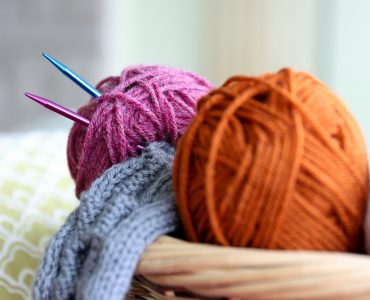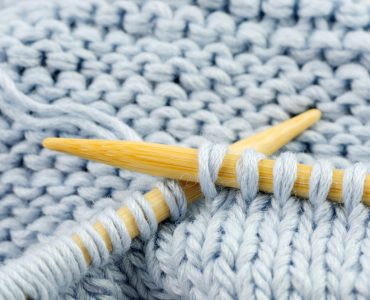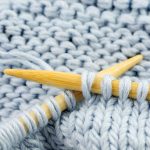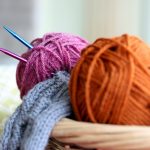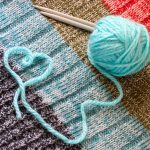Knitting is becoming a popular pastime for many women all over the world. Knitting is a method of converting yarn or thread into fabric by means of intermeshing loops, known as stitches, which are produced through the use of needles. Knitting may be done by machine or by hand. One of the two basic kinds of knitting is weft knitting.
Weft knitting is a method of knitting, which can be done both by the hands and by machines. Warp knitting, the other form of knitting, is made through the use of machines only. In weft knitting, the work progresses back and forth, width-wise. In each cycle, which is called a ‘course’, a new row of loops is produced. In each row, there may be multiple stitches depending on the width of the fabric. Each loop of the row is created by intermeshing it with the previously held loops of the previous row. The vertical row of loops that hang vertically from the needles is the wale. Weft knitted fabrics are created in either tubular or flat form and are usually highly elastic, making it suitable for a wide range of apparel applications.
There are three basic stitches in weft knitting; plain-knit stitch, purl stitch and rib stitch. Plain-knit stitch (also called jersey stitch) can be created in flat knit, circular or tubular forms. The purl stitch (also called links stitch) is made on circular and flatbed machines by needles using hooks on both ends. The rib stitch is made either on a circular rib machine or a flat rib machine.


